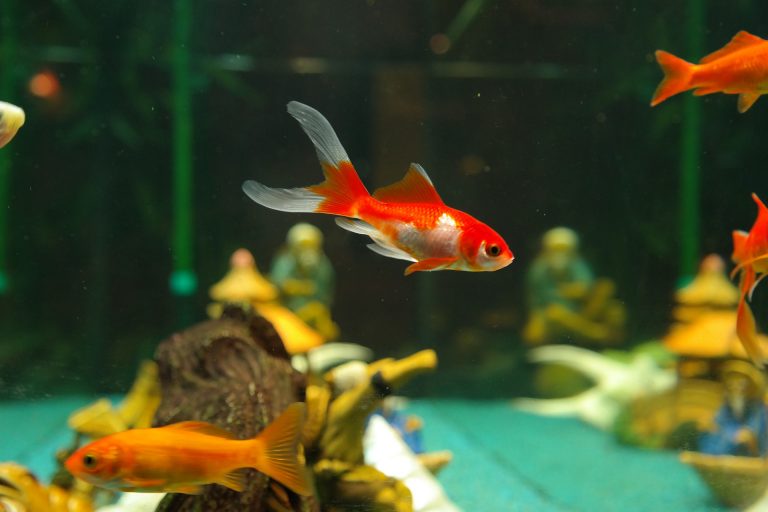How to Clean Aquarium Filter
It’s important to clean your filter regularly to ensure that it is working effectively and to prevent the build-up of harmful toxins in your tank. The frequency of cleaning will depend on the size and type of your filter, as well as the size and stocking level of your tank. In general, it’s a good idea to clean your filter every month or so by simply removing the bio media or the filter pads, rinsing them in a separate tank water and putting them back into the filter before turning it on again.
To clean your aquarium filter thoroughly, you need to
- When you remove the filter from the tank, be careful not to disturb the biological filter too much. The biological filter is the part of the filter that houses the beneficial bacteria that help to break down waste and toxins in the tank. You should try to avoid removing more than 25% of the biological filter media at one time.
- If you have a filter with multiple types of media (such as mechanical, chemical, and biological media), you should clean them in the following order: mechanical media, chemical media, and biological media. This will help to minimize the risk of killing off the beneficial bacteria in the biological media.
- When you are cleaning the filter media, it’s important to be gentle. Rough handling or scrubbing can damage the media and reduce its effectiveness.
- If you are using a chemical filter media, such as carbon, it’s important to replace it regularly. Carbon has a limited lifespan and will become less effective over time. Follow the manufacturer’s instructions for how often to replace the carbon.
- If you are using a biological filter media, such as ceramic noodles or bio balls, it’s important to rinse them thoroughly, but avoid scrubbing or soaking them in bleach or other chemicals. This can kill off the beneficial bacteria that are living in the media.
- After you have finished cleaning the filter, be sure to rinse it thoroughly with tank water before returning it to the tank. This will help to remove any dirt or debris that may have been left behind.
How to Clean different Types of Filters
There are several types of aquarium filters, and the specific method for cleaning them may vary. Here is an overview of some common types of aquarium filters and how to clean them:
Hang-on-back filters
Hang-on filters are attached to the back of the tank and hang over the side. To clean them, you will need to remove the filter media (such as filter pads or bio balls) and rinse them in a bucket of tank water. You may need to soak the media in a bucket of tank water with a water conditioner for several hours or overnight to loosen any trapped debris. After soaking, use a soft brush or toothbrush to gently scrub the media to remove any remaining dirt or debris. Rinse the media again in a bucket of tank water and reassemble the filter before returning it to the tank.
Canister filters
Canister filters are large, external filters that are typically hidden beneath the tank. To clean them, you will need to follow the manufacturer’s instructions for how to access and remove the filter media. Once you have removed the media, rinse it in a bucket of tank water and soak it in a bucket of tank water with a water conditioner for several hours or overnight to loosen any trapped debris. After soaking, use a soft brush or toothbrush to gently scrub the media to remove any remaining dirt or debris. Rinse the media again in a bucket of tank water and reassemble the filter before returning it to the tank.
Sponge filters
Sponge filters consist of a sponge that is attached to an air pump. To clean them, you will need to rinse the sponge in a bucket of tank water. Avoid squeezing the sponge too hard, as this can damage the beneficial bacteria that are living in the sponge.
Undergravel filters
Undergravel filters are located beneath the gravel in the tank. To clean them, you will need to lift the gravel and remove any debris that has accumulated on top of the filter plate. Avoid disturbing the gravel too much, as this can disturb the beneficial bacteria that are living in the gravel.



